We get it, you like coffee. But there are three kinds of people who say they like coffee:
- Those who drink it for their daily dose of caffeine.
- Those who treat it as an adult hot chocolate.
- And those who drink it for its taste.
Eventually, some of us hit a phase where we want that good cup at home too—so begins the journey of building a personal coffee corner.
At first—like everyone—you buy a machine, and think, “This is it. Now I can make great coffee at home.” But then you visit a café, take a sip, and… it crushes your soul. So, you upgrade. A new grinder? Some fancy gadgets? Freshly roasted beans from reputable roasters? Home-Barista Playlist? And yet—the results still aren’t convincing. But then what exactly is missing from the picture?
We could say: water, then close the topic, but obviously, that would be a slight exaggeration. Firstly, you need to make sure that you are brewing with your preferred method actually well. Then, secondly, you need to make sure your water is suitable for coffee.
But why water, isn’t that the same everywhere? A neutral transparent liquid, which is just plain nothing, blank emptiness, no?

Neverending chemistry
The flavour notes in your coffee come from chemical compounds locked inside your beans—they get fermented, roasted, aged, and finally, extracted. When you brew, you’re washing out those soluble compounds, and they turn into the black-brown cup of joy and happiness you know and love.
Nonetheless, chemistry doesn’t stop when the beans get packed in their shiny bags. These flavours you taste are the result of a delicate harmony between everything extracted from the beans and the minerals in your brewing water. Even a minor imbalance can lead to catastrophic consequences: a a not so perfect sip of coffee.
There are two attributes of your water that need our attention:
Hardness
Simply put, the hardness of your brewing water shapes how your coffee tastes. The flavour compounds in coffee are looking for mineral partners to bind with—like dancers finding their match. The key is to keep the dance floor just right: not too crowded, not too empty. Too many minerals, and you can end up with bitterness or muddled flavours. Too few, and the cup falls flat, tasting thin or dull. But when everything’s in balance? That’s when you get a clean, vibrant brew.
Buffer capacity
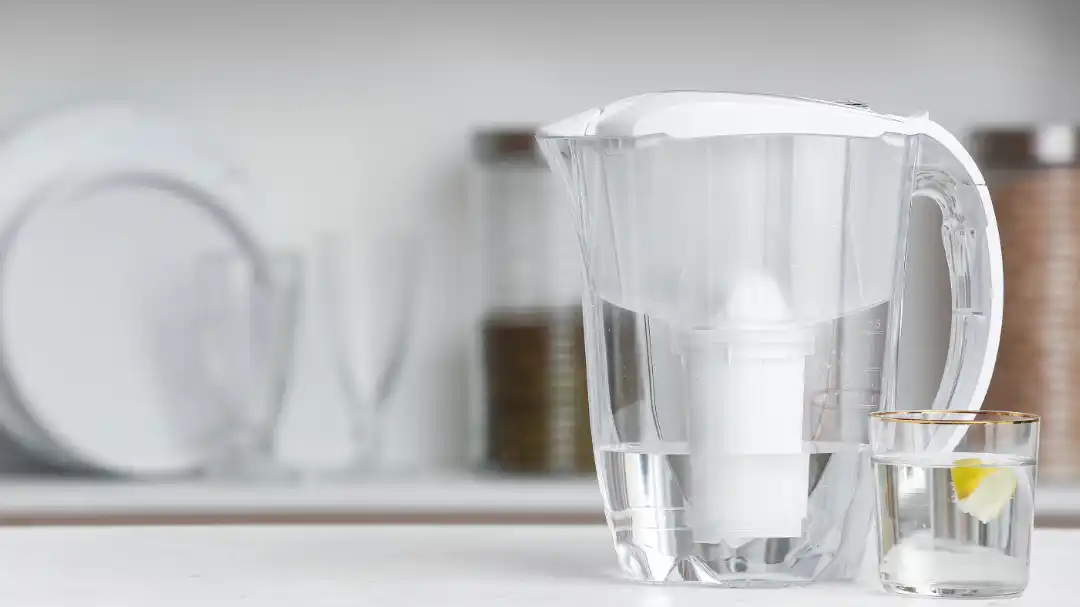
And then there’s the other key factor: your water’s buffer capacity. That’s just a fancy way of saying how well your water can balance out the acidity in your coffee. Coffee, as we know, is naturally acidic—but it shouldn’t taste sour. That subtle difference is everything. If the buffer capacity is too low, your coffee’s acidity can come across like pickle juice. But if it’s too high, the flavors can feel flat, dull, or even a bit artificial. Finding that sweet spot keeps the cup lively, balanced, and true to the coffee’s character.
Will I notice the difference?
Short answer: yes, long answer: absolutely yes.
Coffee without good water is incomplete, its potential is wasted, and it’s still the cheapest expense of your caffeinated hobby anyway.
Do I even need a custom water?
The answer is a bit tricky, because no single water works for all coffee types and brewing methods. Even if you’re lucky enough to live somewhere with naturally soft water, that might work okay for filter coffee—but it’ll still be terrible for espresso.
And finding soft water with a high enough buffer capacity for specialty espresso? That’s like chasing unicorns. The odds are close to zero.
So what water is good then?
The best water for coffee is the one that does not alter its taste, but rather enhances and completes its natural flavours.
What water to use?
Nowadays there are plenty of options out there to fit different needs. But let’s be honest:.
- Tap water? Almost always meh.
- Bottled water? Inconvenient, ecologically sinful, and frankly, lame.
- Filtration kettles? They can help, but the results depend entirely on the water you start with.
- Mineral mixes in pouches? Now we’re talking! They’re the easiest and most effective solution for home use. Not the best because we sell them—we sell them because they’re the best!
The right water for your coffee depends on what beans you love and how you brew them. Start there, and choose water that brings out the best in your cup.
Do you prefer pour overs?
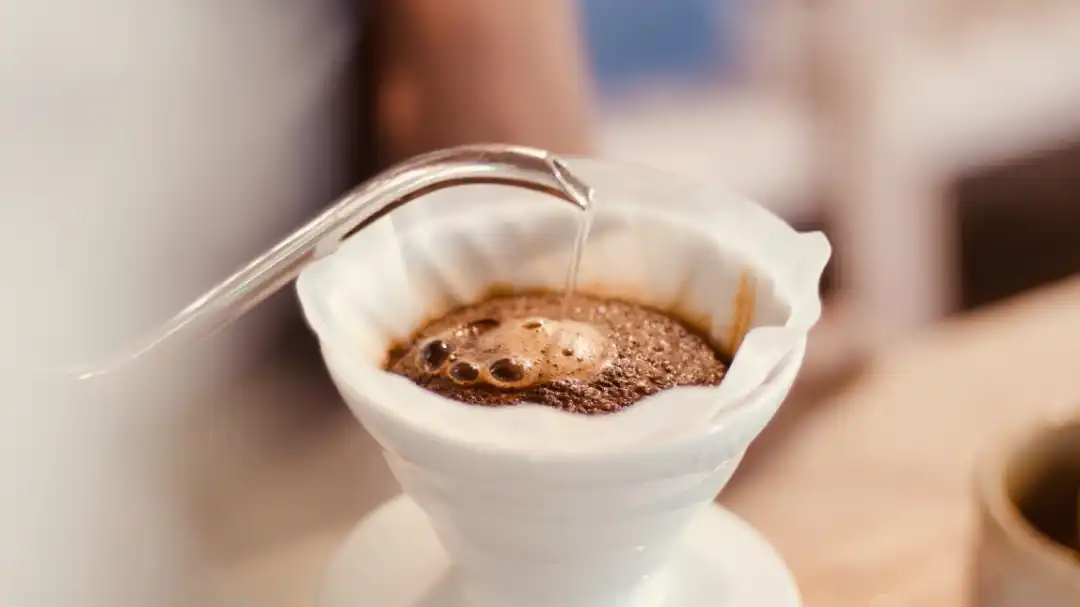
If you enjoy lighter roasts brewed with filter methods like V60, AeroPress, Chemex, or French press, you’re using a lot of water for a relatively small amount of coffee. All that water interacts with the coffee’s compounds, so you need very soft water with a balanced buffer capacity. This helps these brewing methods bring out the best in your coffee—clean, vibrant, and with acidity that feels like the Origo on the international scale of juiciness.
Are you more of a traditionalist?
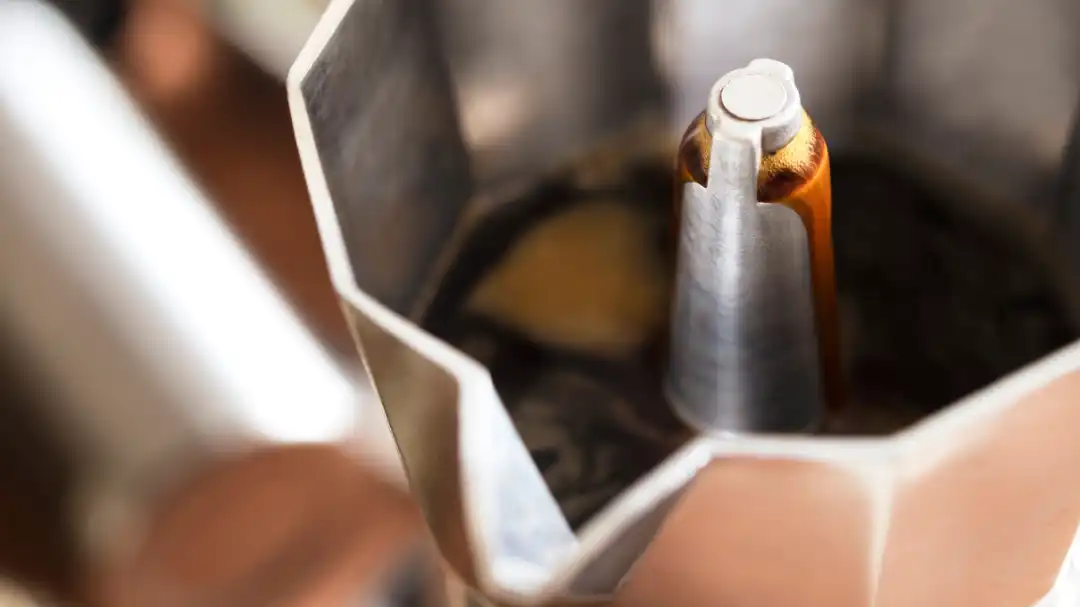
If you lean toward authentic darker roasts prepared with espresso or moka pots, your water needs change. These methods use less water, and the coffee itself is roasted darker with lower acidity by default. Medium-soft water helps maintain balance, bringing out body and sweetness without overpowering bitterness.
Rather fan of the modern espressos?
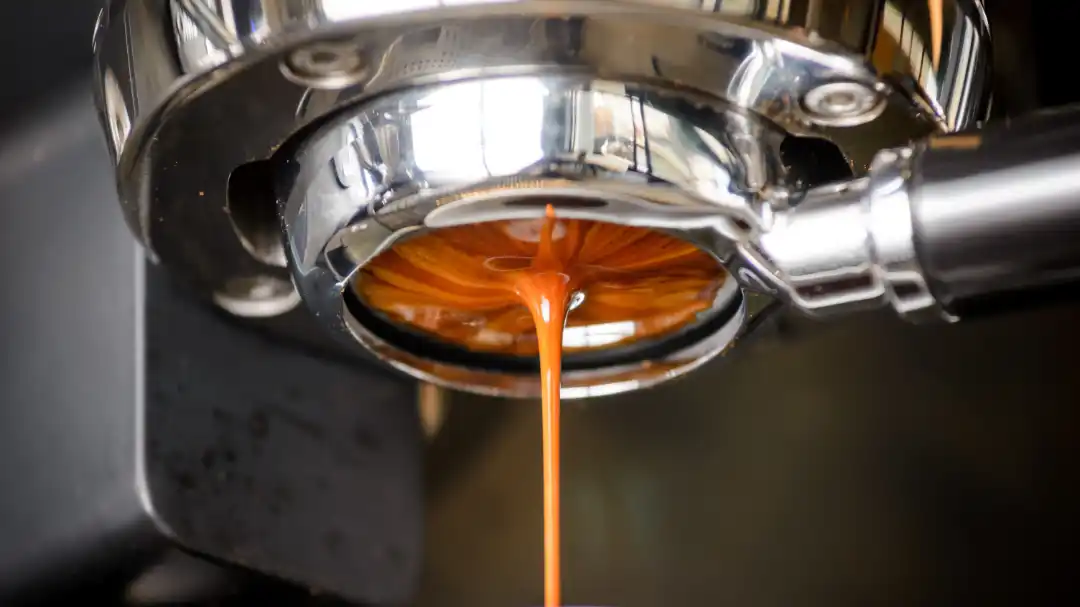
Ah, specialty espresso—the rabbit hole of rabbit holes. Even in cafés, pulling the perfect shot is tricky, and at home? It’s a self-inflicted nightmare, seasoned with hopelessness that is more bitter than a burnt 100% robusta lungo. You’ll need some serious gear, dial in more variables than you knew existed, and race to perfect your shot before your coffee bag runs out. But here’s the kicker: without the right water—specifically, water that hits the sweet spot for hardness and buffer capacity—you will always have to choose between tingling sourness, ashy astringency or unconditional surrender. A well-balanced water gives you a fighting chance!
Wait a minute, what about tea?
“Water is the mother of tea.” – Lu Yu, The Classic of Tea
We couldn’t leave tea lovers behind. In fact, tea is even more sensitive to water than coffee. With coffee, you mostly juggle two factors: hardness and buffer capacity. Tea? It demands those—and more. The water needs to taste like it just freshly came out of a mountain spring behind an oriental hermit’s cottage. Moreover, not only it has to balance the tea’s taste out, but it also has to complete it.

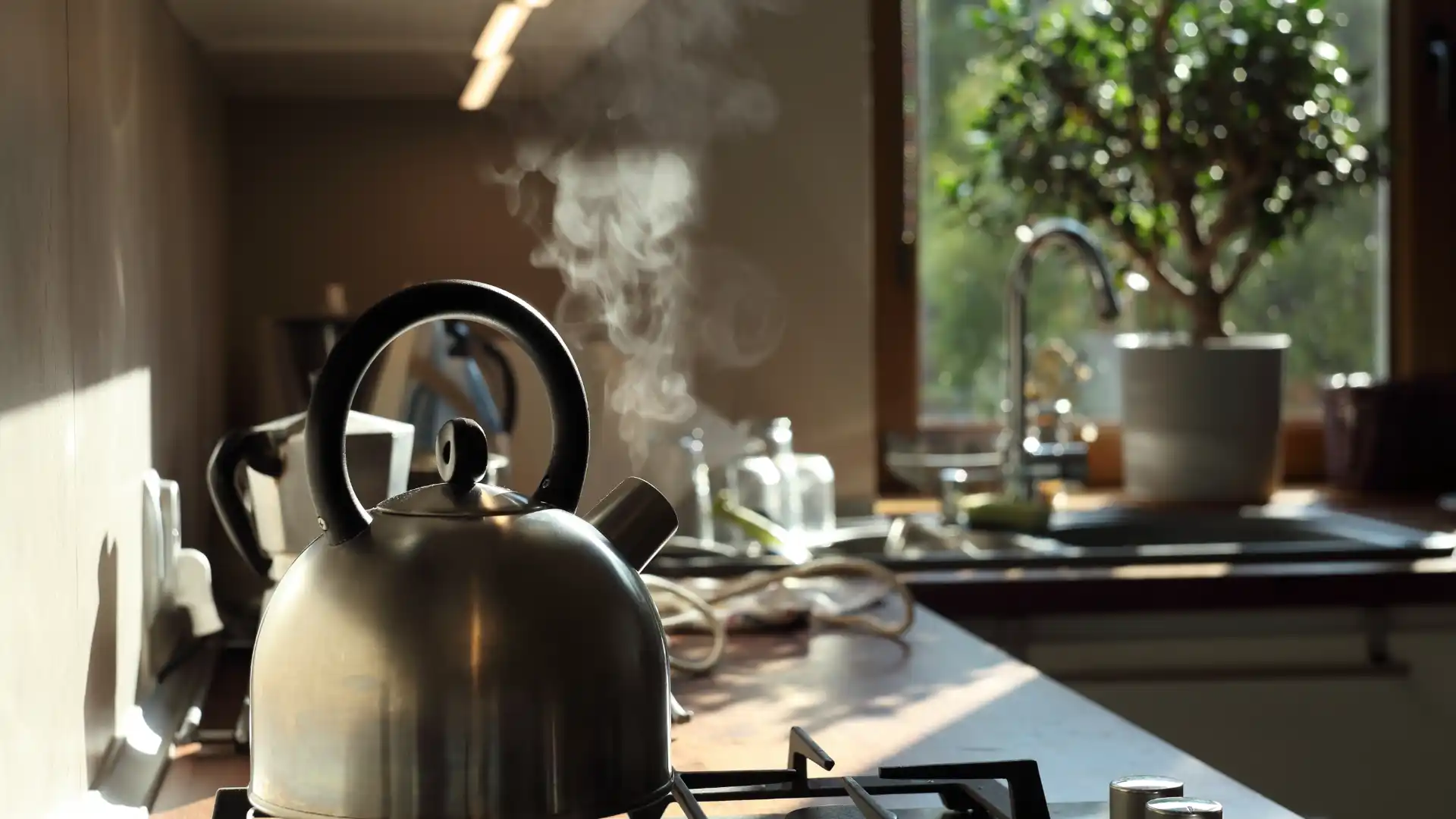
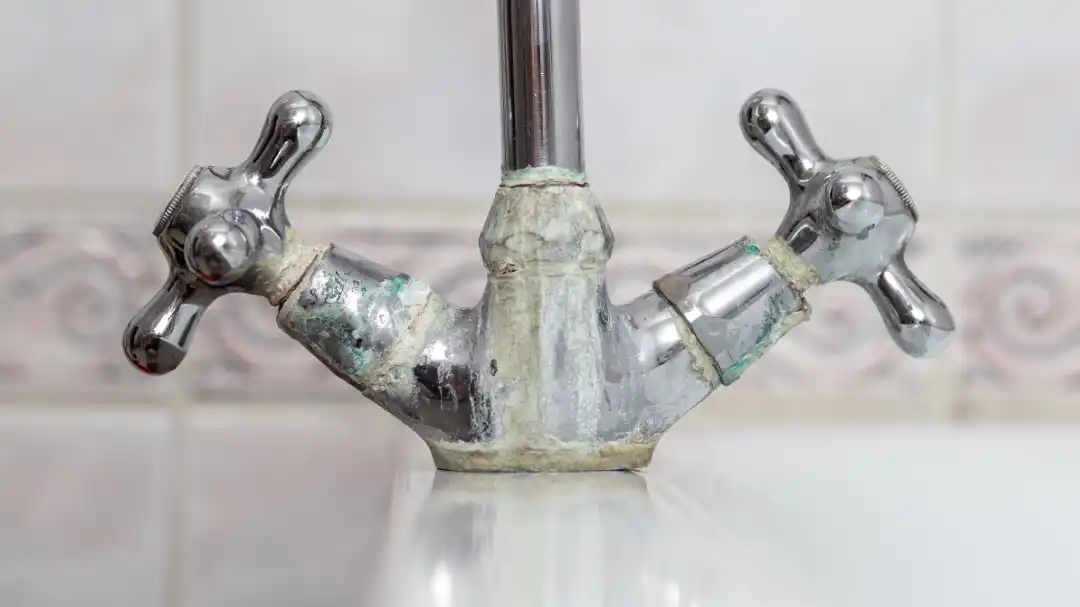
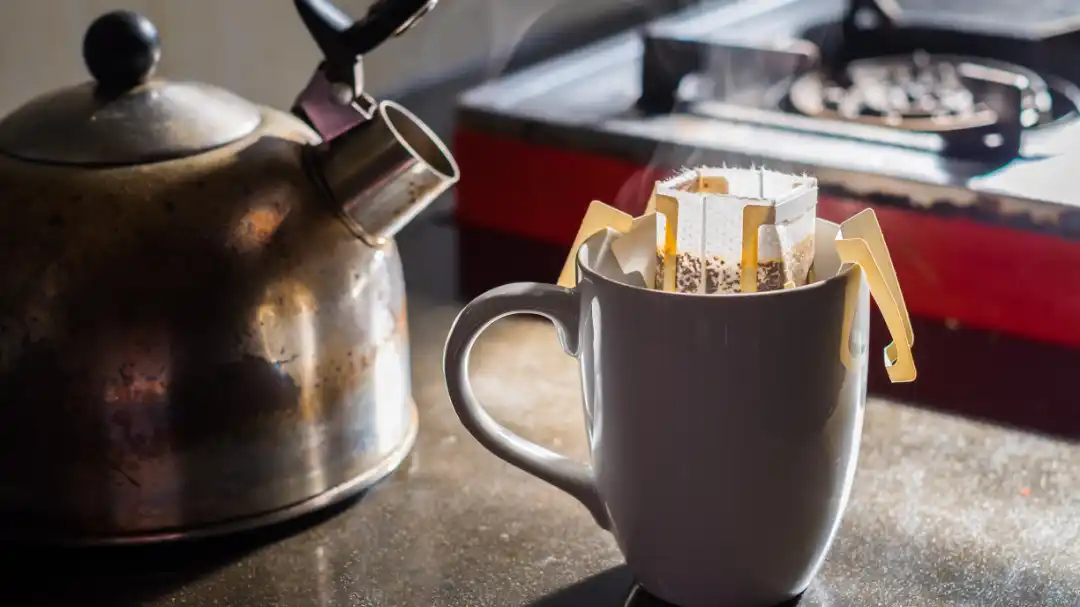
Leave A Comment